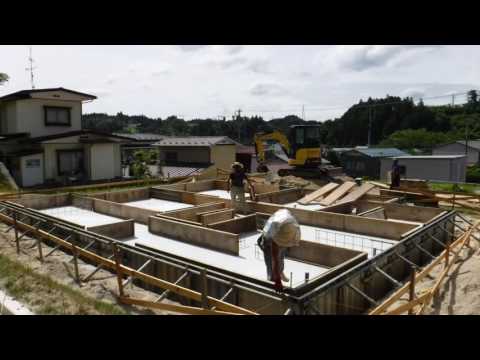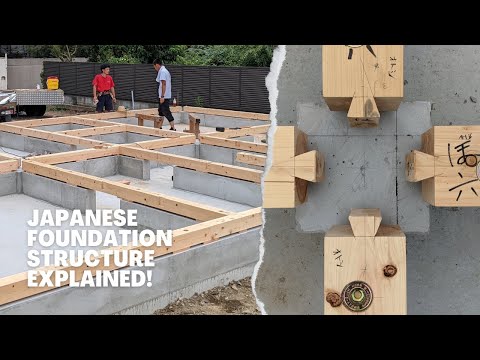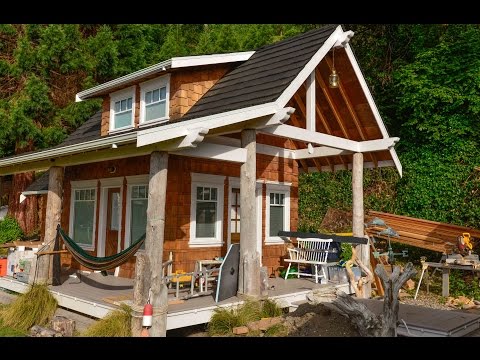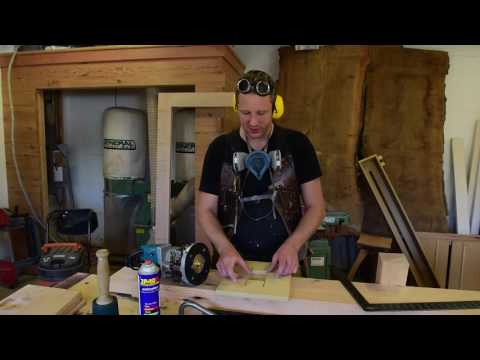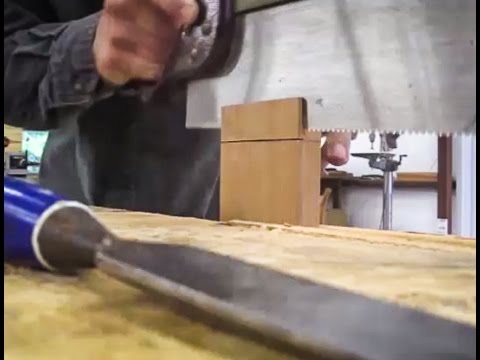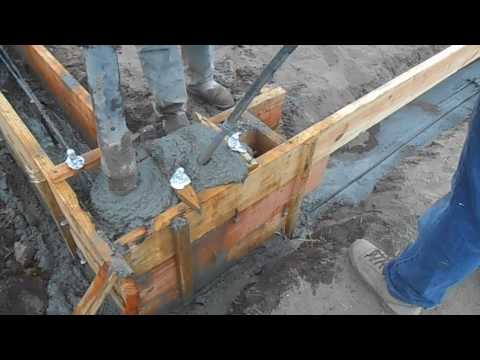Japan has a long history of timber framing, a construction method that fell out of favor in this country after the 1830s, when carpenters in Chicago invented balloon framing, an early form of stick framing that evolved into the platform framing used today. Timber framing remains popular in Japan, though the complex joints are no longer cut by hand except for special projects such as temples.
On residential projects, the frame is cut by computer-controlled equipment in a factory and delivered to the jobsite for assembly. This video shows a crew of Japanese carpenters installing sill plates on a stem wall foundation on a project in Otawara, a city 100 miles north of Tokyo.
Here are some of the things that stood out to me. (I don’t speak or read Japanese, so if I got something wrong, please let me know in the comment section)
(0:12) It’s interesting to see a crawl space where the "floor" is a concrete slab instead of dirt. Note the length of the anchor bolts—which must be long enough to project through the thickness of what look to be 6x6 or 8x8 sills. Some of the bolts are thicker and longer than others, and will be fastened to the hold-downs on the vertical posts used to brace the building against seismic forces.
(0:32) On this job, they use a thick plastic material for the sill seal. I’ve seen the same stuff used on houses in other construction videos from Japan.
(0:36) The sills come pre-cut from the factory with a variety of joints cut into the sides and ends of the pieces.
(1:11) Prior to installation, the carpenter seals the bottom of the sills with some kind of preservative.
(1:27) The CNC machined joints fit very tight, so it’s sometimes necessary to get out “the big hammer”, a wooden head sledge found on every Japanese site where timber frames are assembled.
(1:46) Here, you can see a sill being installed over the sill sealing material. It’s amazing how well these factory-cut pieces fit on the foundation. The tradesmen who built it must have been extremely accurate in their work. Or it could be the foundation was built and then measured for the production of the frame.
(2:18) The sills are thick enough to span open areas and function as floor beams. Look closely, and you’ll see that the joints between pieces are dovetails, which can be economically made when the pieces are milled with CNC equipment.
(2:46) End-to-end connections are made with a sort of locking tenon. The rectangular mortise on this side of the joint will house the tenon of one of the vertical posts that will support the second floor.
(3:00) Coating the top and sides of the sills with some kind of preservative.
